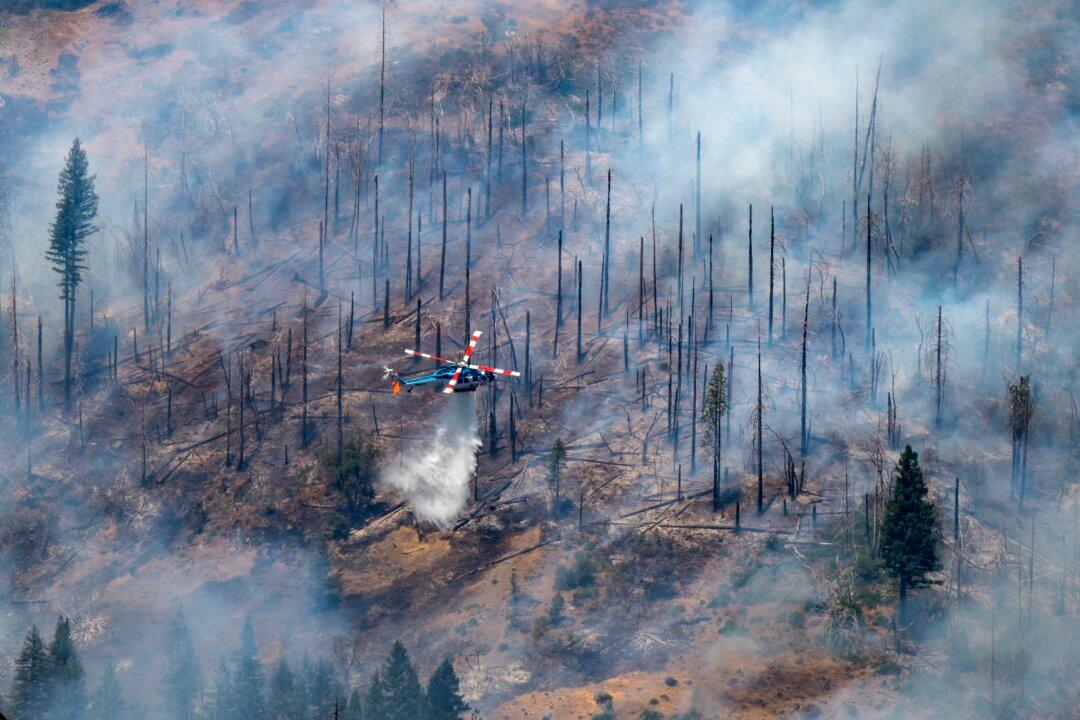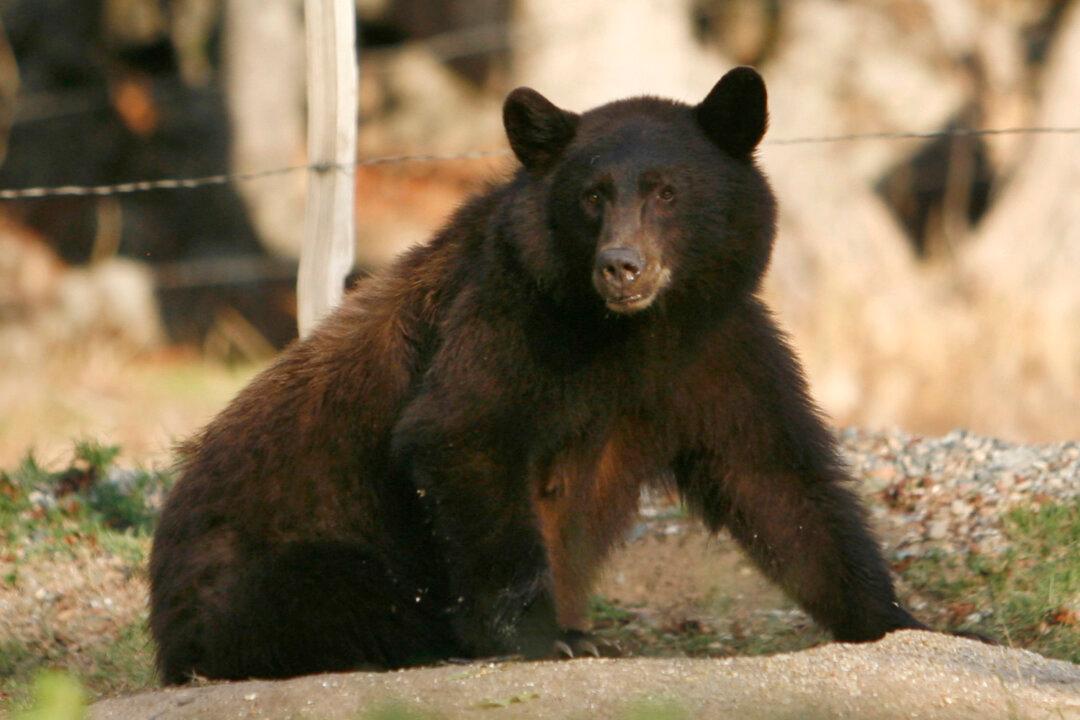California wildfires have consumed the state this summer, burning more than a thousand square miles and lowering the air quality for residents, a reality that acutely affects those with asthma, experts say.
In Northern California, the ongoing Park fire is now about 670 square miles and is just 38 percent contained, according to officials.





